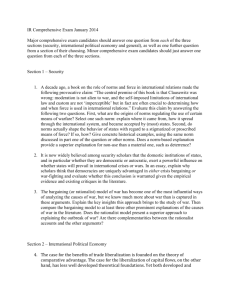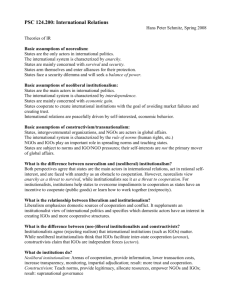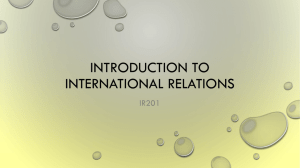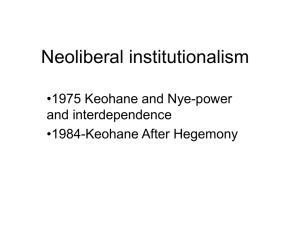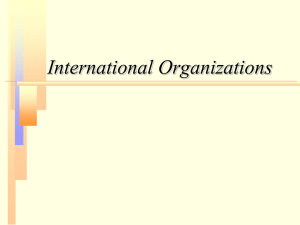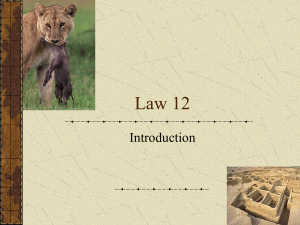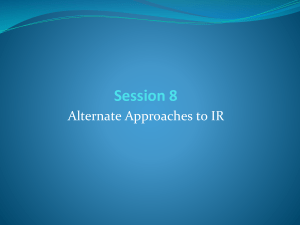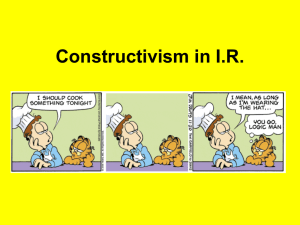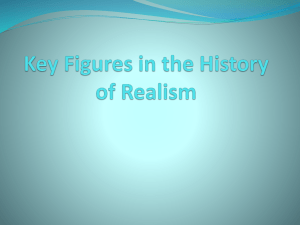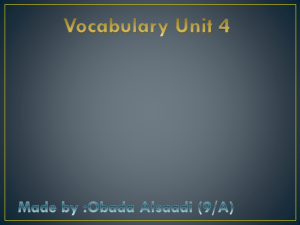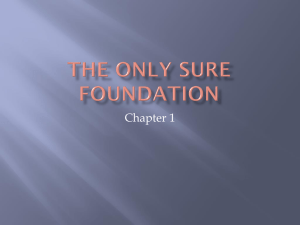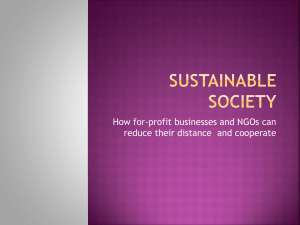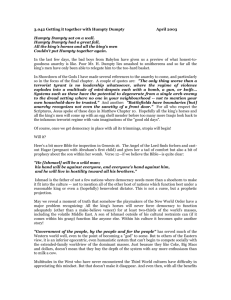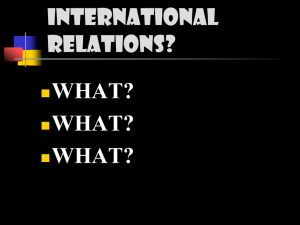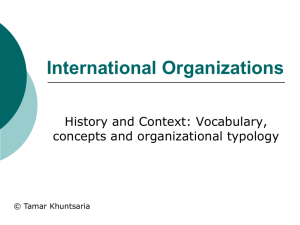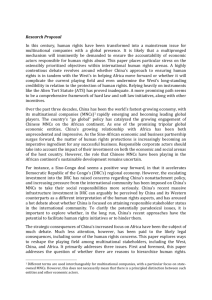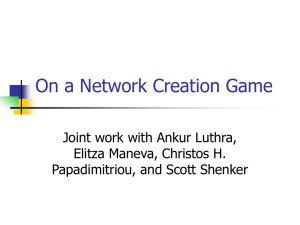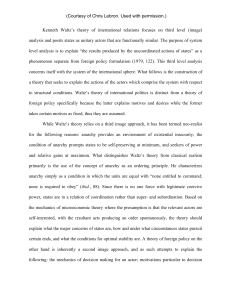Unit 7 Non-State Actors
advertisement
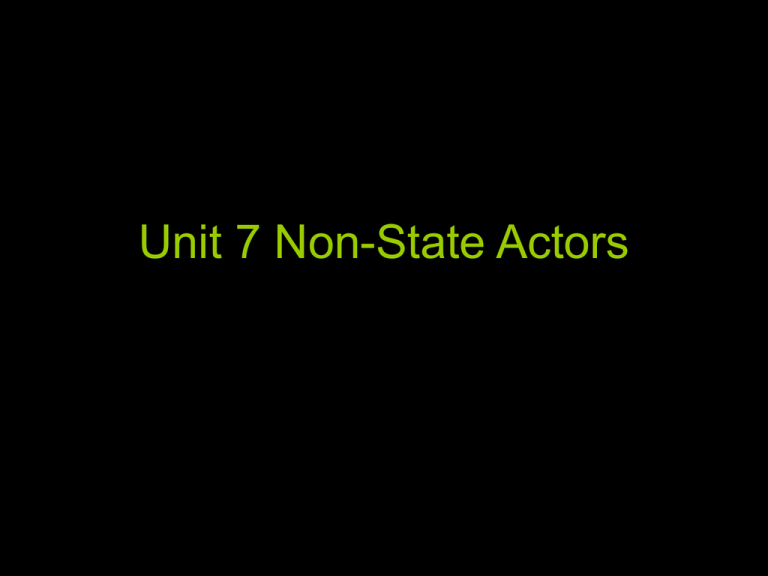
Unit 7 Non-State Actors Structured Anarchy • Review State System – Sovereign States in Anarchy • States are not the only actors • Difference between anarchy and chaos – Can have stable, structured anarchy – IGOS and NGOs can help order anarchy, promote cooperation • Increasing importance of IGOs, NGOs, and MNCs. Rise of non-state actors • Globalization as key – Declining cost of transportation – Increase in speed and accuracy of information exchange – transparent interactions – Increase in capital fluidity, exchange – Decrease in tariff and non-tariff barriers • These forces combine to – reduce transaction costs – increase interaction and interdependence – increase size and scale of operations Intergovernmental Organizations (IGO) • States are members • Why would states voluntarily give up sovereignty to an IGO? – Security - Force multiplier – Cooperation - Achieve Collective goods – Economic Rewards – Aid and reduced tariffs – Political Influence – A seat at the table • Examples: UN, NATO, WTO, NAFTA United Nations • History of the UN – League of Nations – Atlantic Charter – San Francisco and Bretton Woods • Purposes of the UN – Forum – Bureaucracy – Promote global security – Assist development United Nations • Structure – Secretariat – General Assembly – ECOSOC, Committees, UNEP, ICJ – Security Council • Examples – Security Council, the IAEA and Iran – CSW and CEDAW – WHO and Avian Flu Non-Governmental Organizations (NGO) • Civil society – A different source of legitimacy than states • Differing motives – Partners with states to provide services – Competitors with states – own agendas • Examples – Red Cross – Greenpeace • Terrorists – Is Al Queda an NGO? Multi-National Corporations (MNC, TNC) • Think of the MNCs as for-profit NGOs • Extended penetration into global markets – Decrease costs of goods – Increase access to goods – Harm local producers – Threaten local culture • MNCs as partners and competitors to states, the issue of relative power
